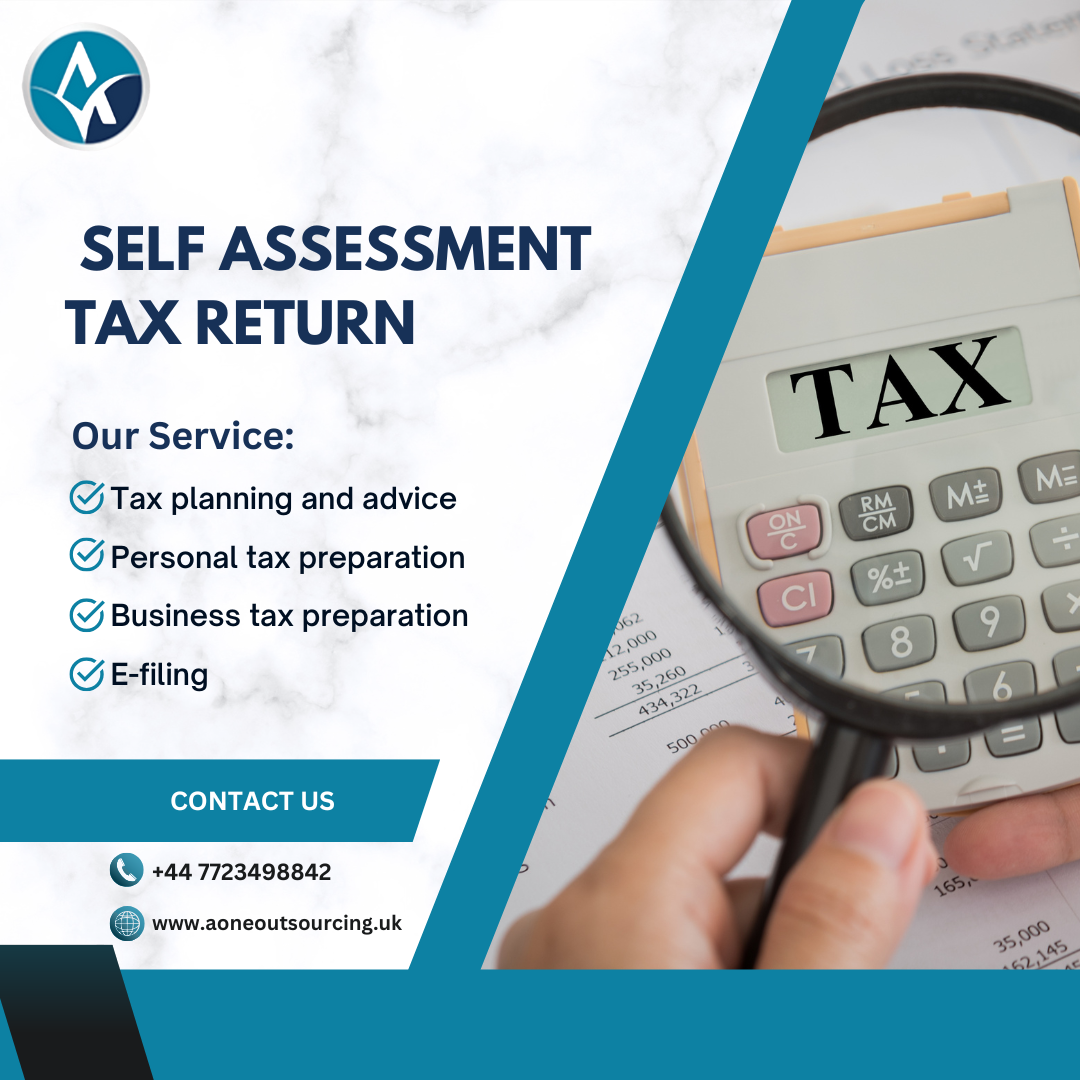If you’re earning income outside of PAYE—whether as a freelancer, sole trader, landlord, or director—you’ll likely need to complete a self tax assessment in the UK. Filing a tax return HMRC self assessment isn’t just a formality—it’s a legal requirement. Missing important self assessment tax dates could result in penalties, stress, or even an unexpected tax bill.
In this blog, we’ll cover:
-
Who needs to file a self assessment UK
-
All the essential tax return self assessment UK deadlines for 2025
-
Step-by-step instructions to file successfully
-
Latest HMRC updates and digital filing trends
Let’s help you stay on top of your taxes and avoid penalties.
What Is Self Assessment?
Self Assessment is HMRC’s method of collecting income tax from individuals who are not taxed automatically through PAYE. Instead of your employer calculating and submitting your tax, you are responsible for telling HMRC how much income you earned and how much tax you owe.
You’ll do this by submitting a tax return (typically a form called SA100), either online or by post. HMRC will then calculate how much tax and National Insurance you need to pay based on what you report.
Who Needs to File a Self Tax Assessment?
You need to file a tax return self assessment UK if, in the previous tax year, you:
-
Were self-employed and earned more than £1,000
-
Were a partner in a business
-
Received rental income from a UK property
-
Had income from savings, dividends, or investments not taxed at source
-
Received foreign income
-
Claimed child benefit while earning over £50,000
-
Earned over £100,000 from any source
Even if your income is below the taxable threshold, filing a return might be beneficial to claim tax relief or refunds.
Self Assessment Tax Dates for 2025
⏳ Tax Year Covered:
-
6 April 2024 to 5 April 2025 – This is the tax year for which you’ll file your return in 2025.
📆 Important Deadlines:
| Date | Event |
|---|---|
| 5 October 2025 | Deadline to register for Self Assessment (if it’s your first time) |
| 31 October 2025 | Paper tax return submission deadline |
| 30 December 2025 | Last date to request tax collection through PAYE (if eligible) |
| 31 January 2026 | Final deadline to file online return and pay tax |
| 31 July 2026 | Deadline for second payment on account (if applicable) |
🔔 Miss these deadlines? You’ll face automatic penalties starting from £100, with additional charges the longer you delay.
How to File Your Tax Return (Step-by-Step)
1. Register with HMRC
If you’ve never filed a return before, register for Self Assessment by 5 October 2025 at gov.uk/register-for-self-assessment. You’ll receive a Unique Taxpayer Reference (UTR) and access to your personal tax account.
2. Keep Accurate Records
Throughout the tax year, keep records of:
-
Invoices and income receipts
-
Business expenses
-
Bank statements
-
Dividend statements
-
Pension contributions
These will help you complete your self tax assessment accurately.
3. Log in and Complete Your Return
From 6 April 2025, you can begin filing your return online via HMRC’s portal. You’ll complete:
-
SA100 (main return form)
-
SA103 (self-employment)
-
SA105 (property income) or other supplementary pages as needed
Check your form carefully. Incomplete or inaccurate returns can trigger HMRC enquiries.
4. Submit & Pay Tax
Once submitted, HMRC will calculate your tax due, including:
-
Income Tax
-
Class 2 and 4 National Insurance (for self-employed)
-
Capital Gains Tax, if applicable
Pay your bill by 31 January 2026. If your tax due is over £1,000, you may also need to make Payments on Account, with the second instalment due on 31 July 2026.
Making Tax Digital: What’s Changing?
Making Tax Digital (MTD) is HMRC’s plan to digitise the tax system. By April 2026, MTD for Income Tax will be mandatory for those with self-employment or property income over £50,000 per year. If your income is over this threshold, you will need to:
-
Use MTD-compatible software
-
Submit quarterly updates instead of an annual return
-
Keep digital records
For everyone else, traditional tax return self assessment UK filing will remain in place—at least until 2027.
Common Self Assessment Mistakes to Avoid
-
Missing the deadline: Results in automatic fines
-
Incorrect figures: Leads to delays and possibly penalties
-
Failing to include all income sources: HMRC now receives data from banks, letting agents, and platforms like eBay, Airbnb, and PayPal
-
Not budgeting for payments: Always set aside money for tax throughout the year
-
Forgetting about “Payments on Account”: These catch many people out
Self Assessment Penalties (2025 Update)
Late or incorrect returns can be costly:
| Penalty Type | Amount |
|---|---|
| Missed Deadline | £100 immediately |
| 3+ months late | £10/day up to 90 days (max £900) |
| 6+ months late | Additional £300 or 5% of tax due |
| Late Payment | Interest plus 5% surcharge after 30 days |
Tips for a Stress-Free Tax Return
-
✅ File early: Don’t wait until January
-
✅ Use cloud accounting tools: Like Xero, FreeAgent, or QuickBooks
-
✅ Work with an accountant: Especially if you have multiple income streams
-
✅ Understand your allowable expenses: Claim for items like software, travel, office supplies, and phone usage
Final Thoughts
Completing your tax return HMRC self assessment might seem daunting, but it’s much easier when you stay ahead of deadlines, maintain good records, and understand your obligations. Whether you’re a first-time filer or a seasoned self-employed professional, staying compliant with self assessment UK rules helps avoid costly fines and gives you peace of mind.
Remember these key actions:
-
Register by 5 October 2025
-
File by 31 January 2026
-
Keep accurate digital records
-
Check for eligibility for MTD starting 2026
The earlier you start, the easier it is. So take control of your taxes now—and file with confidence!
